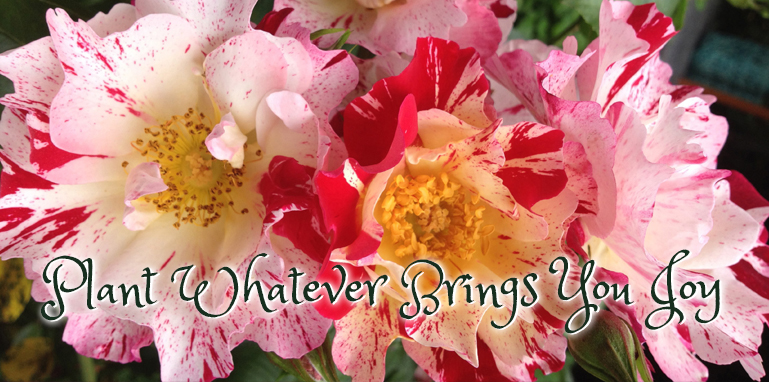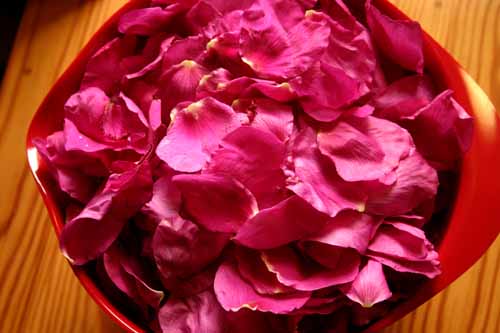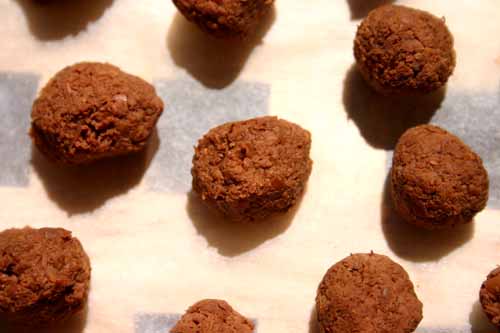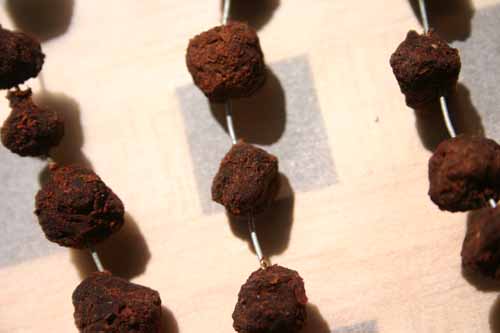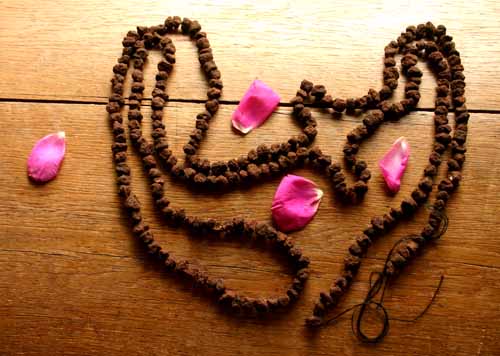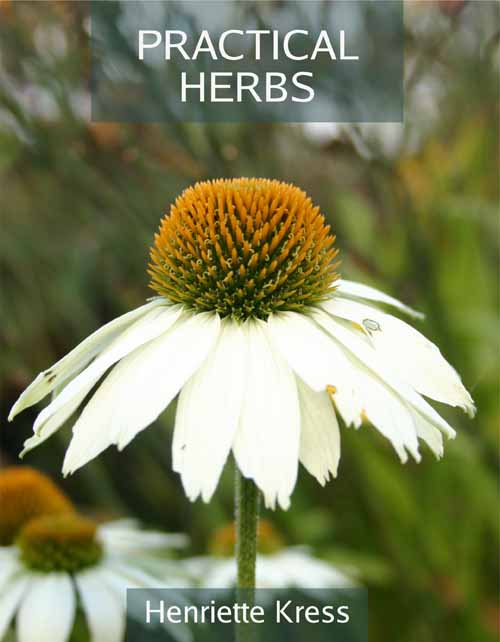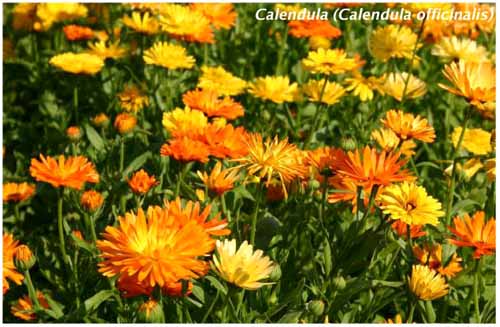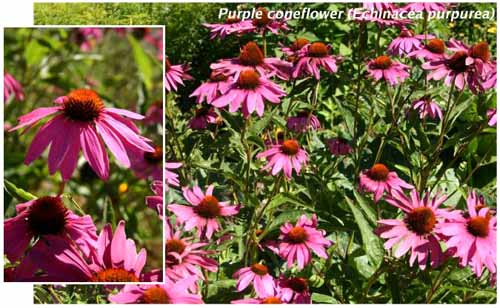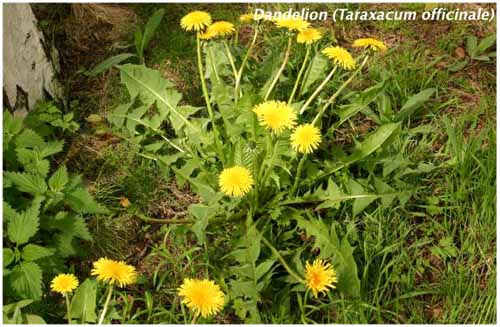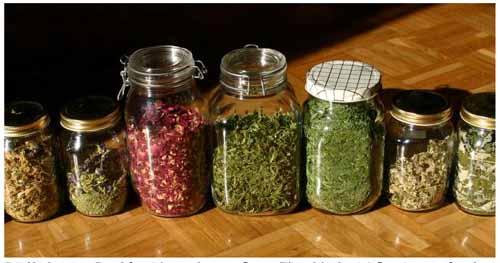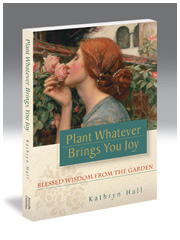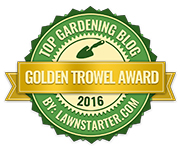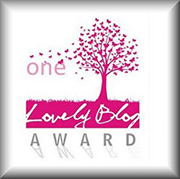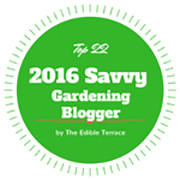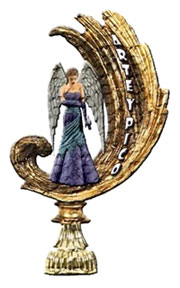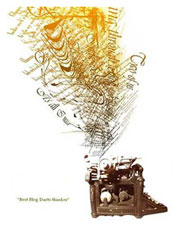One the basic tenets in my book Plant Whatever Brings You Joy is “Never pull up and discard what you cannot identify.” So when a soft grey-green plant emerged in the side garden, sporting a lovely green rosette, I was not inclined to pull it. I was more interested in identifying it, and exploring what it had to offer. And somewhere inside myself was an old memory that this was a plant I’d seen before. Hmmm. A brief description to an old friend of mine on the Cape brought the memory to the fore. It was mullein. Now what the heck is mullein and what is it doing here? What does it have to offer and to teach me? Let’s explore!
“To know a plant you must work with the plant.” ~Kathryn Hall
I turned first to well-worn reference books that have served me over the years as starting points, Back to Eden by Jethro Kloss, which every self-respecting back-to-the-land woman owned in the 60’s. Then, of course, there is Culpeper’s Complete Herbal, the work of Britain’s Nicholas Culpeper (1616-1654). For a modern interpretation I refer again to Practical Herbs by Henriette Kress of Finland, recently here reviewed. I rounded out my research through google readings and a trip to the health food store to purchase a small quantity of mullein (Verbascum thapsus).
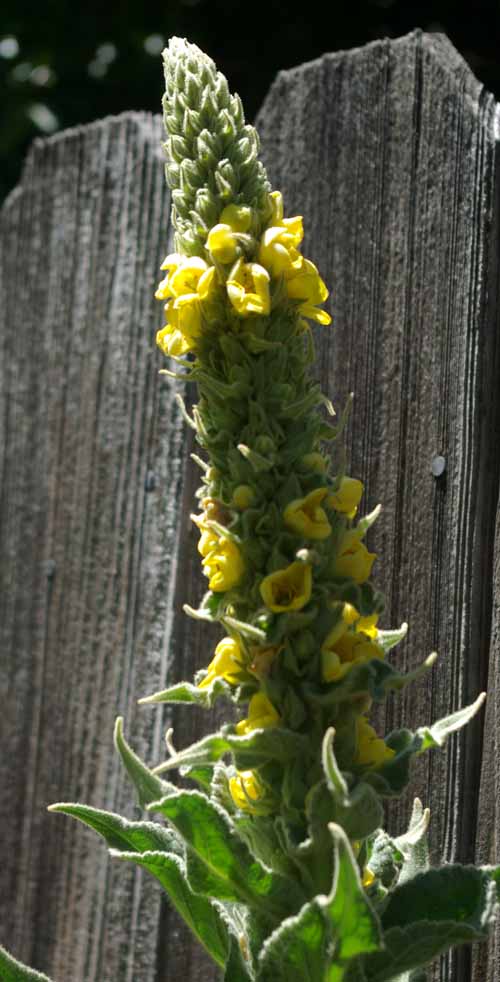
Interestingly Culpepper describes two other varieties of mullein, Verbascum Nigrum (Black Mullein) and Verbascum Lychnitis (White Mullein), so this was not a good resource, other than to know that in the 17th Century the British were also exploring the virtues of mullein! Back to Eden, published originally in 1939 in Tennessee, does address Verbascum thapsus, and begins by describing its various common names, which include velvet plant, white mullein, blanket herb, flannel flower, and hare’s beard. Any of those familiar in your locale? It is not surprising to find the names alluding to the soft leaves of the mullein. They are most attractive. Back to Eden reflects the most common use of mullein I could find–that as a relief for coughs, for lung problems, asthma, croup, bronchitis. I’ve decided this will be my focus, to experiment with the tea for coughs as they emerge during certain seasons. My intuition tells me this is a good remedy to know. As with all herbal use one must do due diligence in researching many sources, and check for any contraindications.
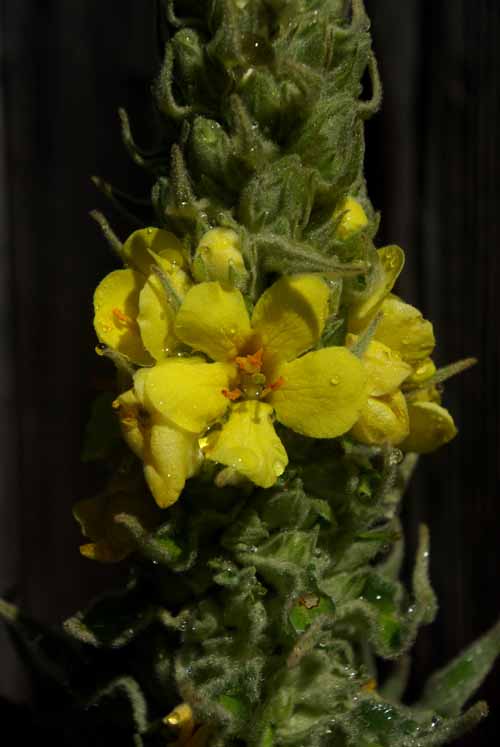
Moving into the 21st Century, Kress focuses on the flowers of mullein, counseling to pick the single flowers, which you dry in a shady spot indoors for a week to ten days, or until very dry. She then instructs us to store them in an airtight glass jar in a dark cupboard and use within a year or so. And how does she use them? She goes on with a recipe for mullein ear oil, saying mullein “reduces both inflammation and pain,”, reassuring that mullein is nontoxic. Encouraged by her work I’m going to take a page from her book on gathering and drying leaves, so I will have my own store of herbs at hand. Always better, don’t you think?
Although I saw one or two references to mullein possibly being “invasive” [the dreaded “I” word] my reading and observations tell me otherwise. There are two other plants in this large garden. One little one, which I may or may not keep, and one rather artfully tucked into a very large buddleia, keeping watch over the myriad butterflies attracted to the just emerged purple blossoms. I like it and it will stay. I treasure the herbs growing here, that I always have access to: spearmint, oregano, rosemary, peppermint, lemon balm and more. To know they are at hand when needed is a blessing for which I am deeply grateful. I hope you also have an abundance of herbs at your ready.
Love and garden blessings,
Kathryn xoxo
Book News: OdeWire has graciously run an excerpt from Plant Whatever Brings You Joy. And, I continue to play with my iPhone’s new feature–that of being able to take pics of oneself, in this case, still enjoying my new hat!
If you’ve not visited the trailer for Plant Whatever Brings You Joy yet, click here!
Posted on June 12th, 2012 by Kathryn
Filed under: Plants | 15 Comments »
